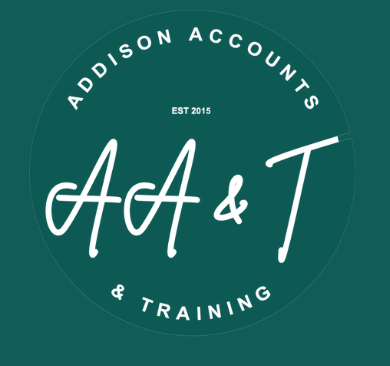Trading Allowance Explained: A Simpler Guide
What is it?
The Trading Allowance lets you earn £1,000 tax-free per year from certain activities like side hustles, hobbies turning into businesses, or occasional gigs. This covers trading, casual, and miscellaneous income.
Think of it as:
Selling crafts online
Babysitting
Renting a spare room
Freelance work
Car sharing royalties
What doesn’t count?
Regular job salary
Investments & extra rent
Pensions, welfare, & disability benefits
Do you need to claim it?
Nope, it’s not automatic! Claim it only if:
You use cash accounting OR
You use accruals accounting but qualify for cash accounting
What if your income is £1,000 or less?
You’re all good! No need to claim or register with HMRC. Keep records though, just in case.
What if your income is more than £1,000?
You have two options:
Partial Relief: Claim the allowance instead of deducting actual business expenses. This saves you from preparing business accounts. Example: Sarah makes £1,700 from baking at markets. Claiming the allowance gives her a taxable profit of £700 instead of £1,250 after deducting expenses.
No Relief: Don’t claim the allowance and deduct your actual expenses. This could be beneficial if you have high expenses. Example: Boris has a web design business (£2,400 income, £700 expenses) and online auction sales (£1,100 income, £900 expenses). Not claiming the allowance gives him lower taxable profits than either full or partial relief.
Key takeaways:
Consider your business expenses before claiming the allowance.
You need to register with HMRC and file a tax return if your income is above £1,000.
The allowance applies to all your self-employed activities, not just one.
Got more questions?
Check out GOV.UK’s Business Income Manual or our detailed self-employment guide.
